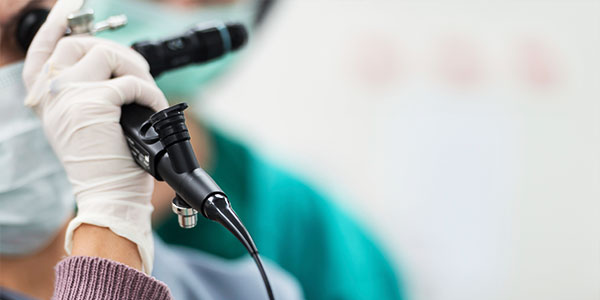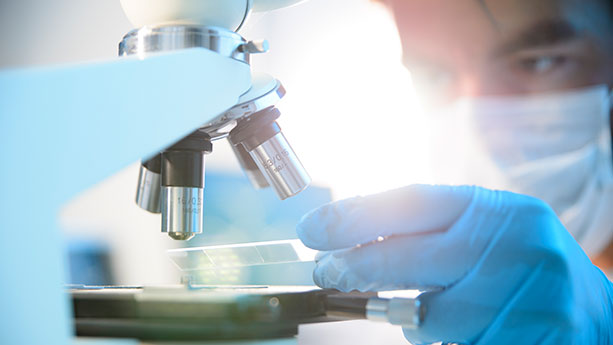It can be scary to learn there’s something preventing your lungs from working correctly, but the interventional pulmonologists in the Sutter Health network can help. We use minimally invasive endoscopic techniques to diagnose respiratory disorders and treat a wide range of pulmonary conditions, including lung cancer.
Throughout the Sutter Health network, we perform more than 20 procedures for a variety of lung disorders, including:
- Asthma
- Benign tumors (in airways or lungs)
- Chronic obstructive pulmonary disease (COPD)
- Coughing up blood
- Emphysema
- Lung cancer
- Pulmonary fibrosis
Most interventional pulmonology procedures target airways, lung lesions or tumors, and are done as outpatient procedures. Here are some of the services we offer.
Airway Opening
Interventional pulmonologists can open narrowed airways using a number of different minimally invasive procedures. An airway stent can open airways obstructed or narrowed by infection, tumors or scar tissue.
Balloon dilation is another option and similar to an angioplasty. In this procedure, a balloon is used to open an airway. Depending on the location of the narrowed airway, dilation can be performed using a bronchoscope.

If you suffer from asthma, bronchial thermoplasty uses radiofrequency energy to heat the smoother muscle walls of your airways and can help lessen your symptoms.
Lung Lesion Treatment
Lung lesions can be diagnosed and treated with image-guided techniques, such as electromagnetic navigational bronchoscopy. We use the SuperDimension inReach system, which gives doctors access to peripheral lung lesions and mediastinal lymph nodes. This minimally invasive procedure is recommended to patients who have multiple lesions, need a diagnosis before surgery, or cannot tolerate more invasive procedures.
Using ultrasound technologies, your interventional pulmonologist can perform biopsies in multiple areas, resulting in greater accuracy. To biopsy lymph nodes in the middle of the chest, an endobronchial ultrasound (EBUS) is used; a radial probe ultrasound (REBUS) is used for peripheral lung lesions. Because the pulmonologist can see the needle as it is placed inside the abnormality, the risk of puncturing a blood vessel is minimized.
Tumor Removal
Some tumors are excellent candidates for radiosurgery, where fiducial markers are placed in or near a tumor, so that radiation can be delivered precisely.
Argon plasma coagulation (APC) is another treatment option that is useful for covering a large surface area. With APC, heat from an electric current is used to destroy tumors or stop bleeding, and an accompanying argon gas jet allows heat to be applied without making direct contact.
Extreme cold can also be used to destroy airway tumors by freezing the tissue through cryotherapy. In this procedure, a probe that has been super-cooled is applied repeatedly over the entire surface of the tumor tissue. APC can also be used with cryotherapy to re-canalize airways obstructed by a tumor.
Cryobiopsy
Cryobiopsy is a less invasive alternative to surgical methods for collecting a lung tissue sample for biopsy. During a cryobiopsy, a surgical instrument called a cryoprobe applies extreme cold to the periphery of the lung, extracting a piece of tissue. Compared to other lung biopsy methods, this technique can collect a larger tissue sample that is better for diagnosing lung diseases.













